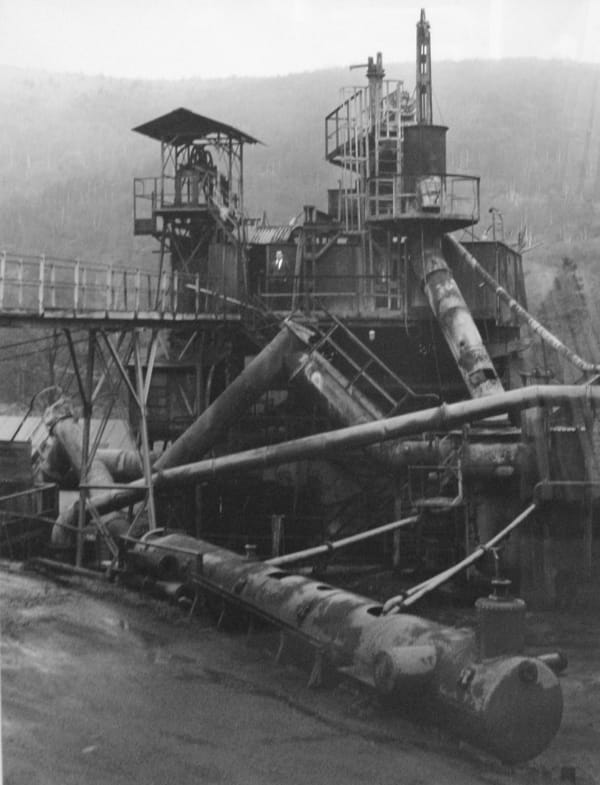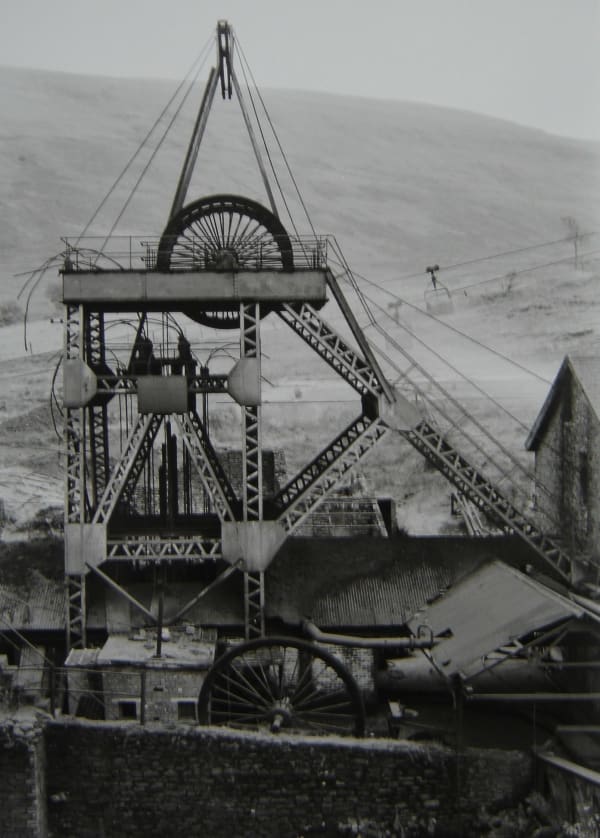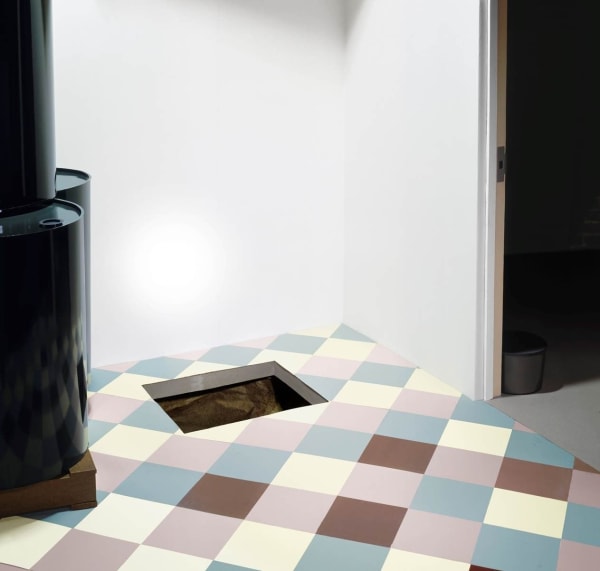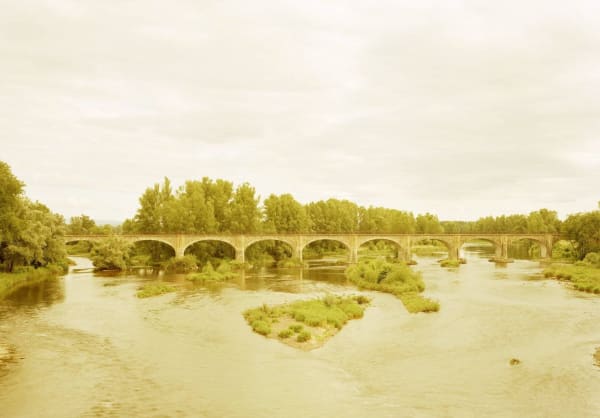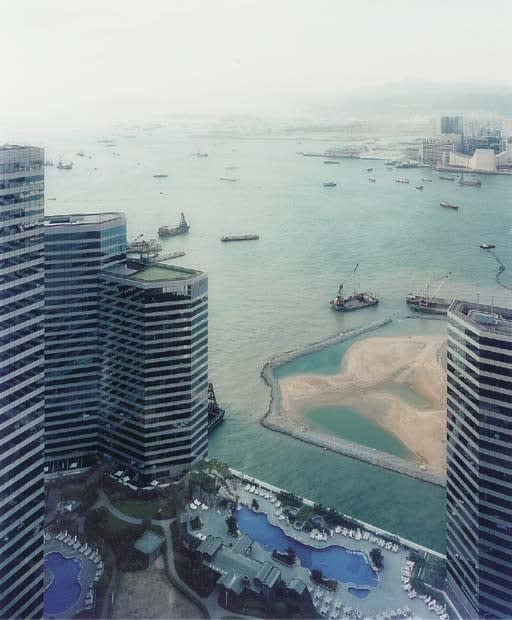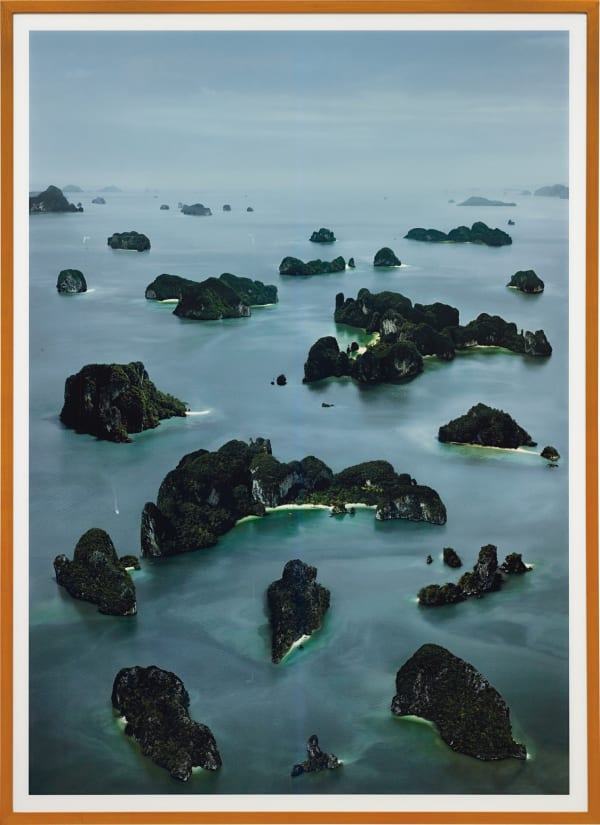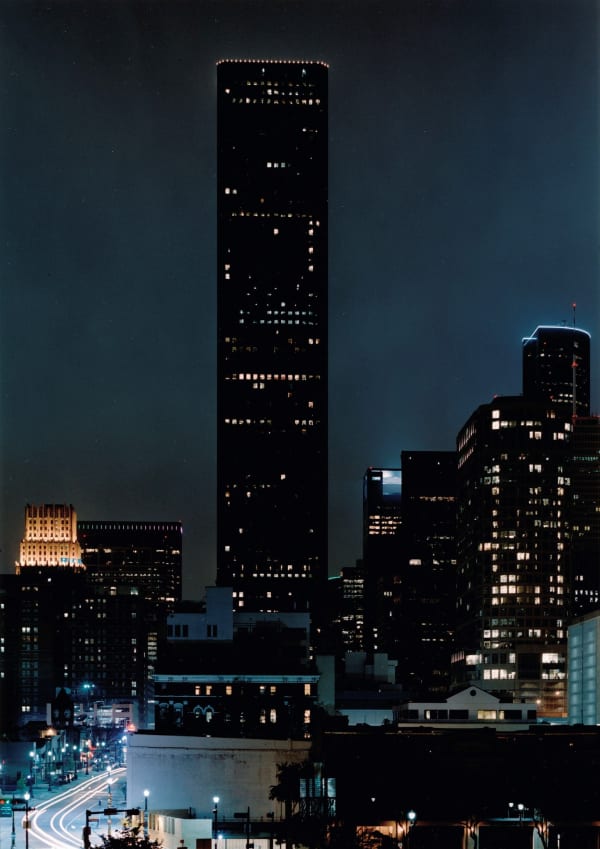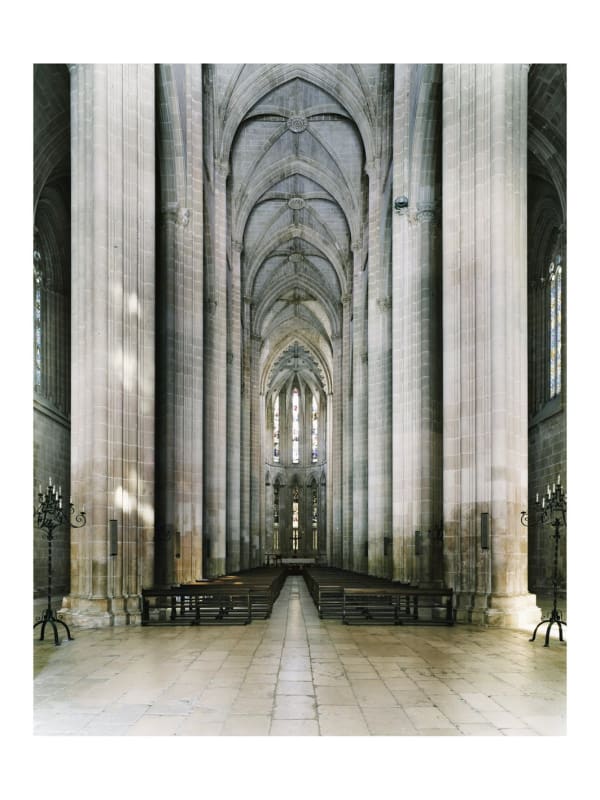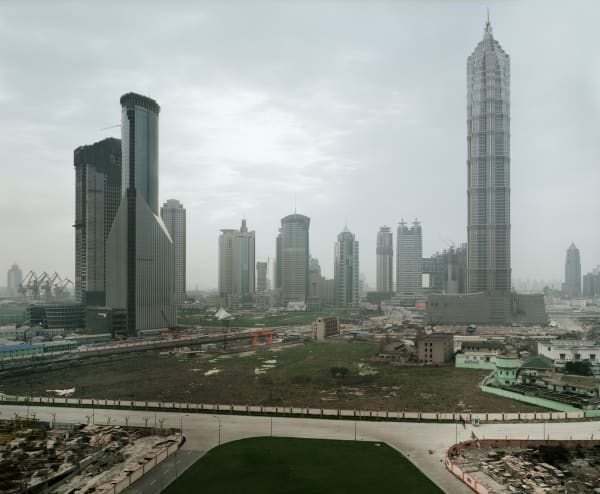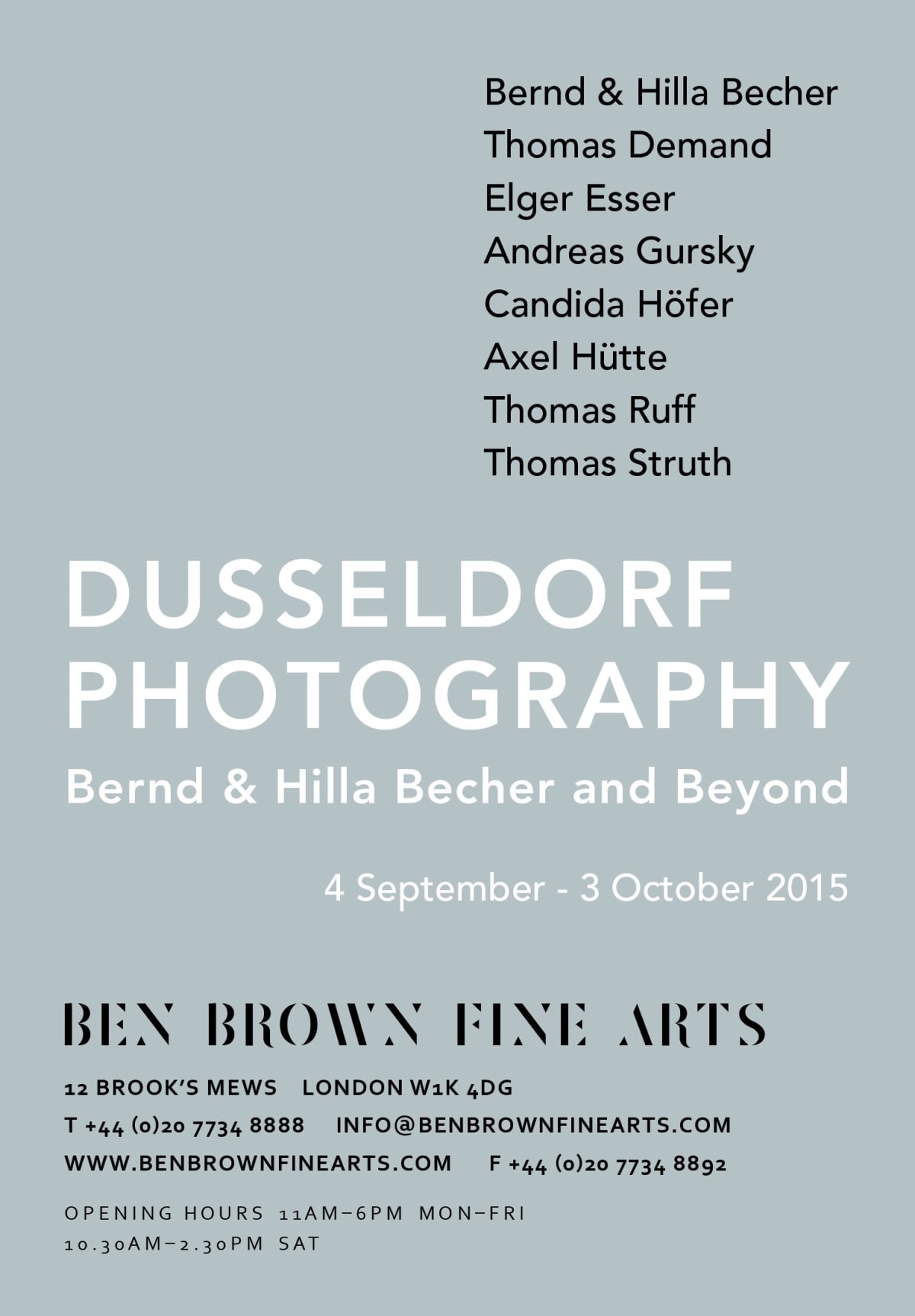DUSSELDORF PHOTOGRAPHY: Bernd & Hilla Becher and Beyond
This autumn Ben Brown Fine Arts is pleased to present a major survey of photography originating from the Kunstakademie Düsseldorf after 1976. The exhibition offers an opportunity to see varying interpretations of the German 'New Objectivity' style championed by Bernd and Hilla Becher side by side, including meditations on architecture and landscape by their former pupils Candida Höfer, Andreas Gursky, Axel Hütte, Thomas Ruff, Elger Esser and Thomas Struth, also known today as the Dusseldorf School of Photography. These documentary representations of existing spaces will be complemented by the photography of Thomas Demand, a former sculpture student at the Kunstakademie, who models, amongst other subjects, life-size rooms and buildings for exacting depiction.
Meeting at an advertising agency in Dusseldorf in 1957, Bernd and Hilla Becher began photographing industrial structures in the mining area of the Ruhr district where Bernd spent his childhood. Always incorporating overcast skies to minimise shadows, their formalist images capture the near-sculptural majesty of cooling towers, lime kilns and bunkers, each relics of a vanishing industrial age. In direct contrast to the romantic worldview of their post-war contemporaries, the Bechers' works began a revival of the 'New Objectivity' photography that had prevailed in Germany in the 1920s and 1930s, characterised by an unsentimental gaze. Following the pair's international debut at Documenta 5 in Kassel (1972) Bernd Becher was appointed professor of photography at the Kunstakademie Düsseldorf in 1976, which was increasingly renowned as a centre of high-quality photographic training and technological advancement. Despite never teaching as a couple, the pair's approaches combined to inspire the variety of pictorial languages now showcased together with their own works at Ben Brown Fine Arts.
Andreas Gursky set up a studio in a disused power station across the Rhine from the school, where he was joined by Thomas Ruff and Axel Hütte in 1989. Taken from an elevated standpoint and digitally manipulated to otherworldly effect, Gurksy's depictions share in the sense of sublimity found in the Bechers' own images, from a vast swathe of people in Love Parade (2001) to the imposing rock formations in James Bond Island III (2007). A sense of immensity also colours Axel Hütte's HOUSTON, Rice, USA (2006) juxtaposing tower blocks against a misty backdrop to ethereal effect. Offering a greater sense of creative detachment, Thomas Ruff makes use of found media and photographic technology. 17h 16m/-45° (1990), a nocturnal sky-scape, is a digital enlargement of negatives from the European Southern Observatory in Chile, not taken by the artist himself. The works of Elger Esser, meanwhile, depart almost entirely from the documentary approach of his teachers, offering a restrained colour palette and landscapes recalling the vedute of the Italian masters.
Thomas Struth couples the romantic with a sense of rigour in his Museum Photographs. Often working in a series like the Bechers themselves, he trains his camera around institutional spaces to capture humans interacting with Old Master paintings, centralising ideas of observation and perspective. In contrast, Candida Höfer, whom Ben Brown Fine Arts has represented for many years, captures public spaces entirely devoid of human presence. Working with natural light alone, Höfer's systematic approach combines with a sympathy for her architectural subjects to produce works of monumental impact.
Instead of seeking out architectural settings, Thomas Demand recreates his own elaborate structures, occasionally based on existing locations, with paper and cardboard. Like Höfer, his spaces lack any human subjects yet contain traces of their activity, such as an open door in Hole (2013). Demand swiftly destroys his models after photographing them, turning his images into ephemeral encounters with lost environments.
Unifying these important works, Dusseldorf Photography promises to bring the Kunstakademie Düsseldorf's distinctive photographic vision to life.



